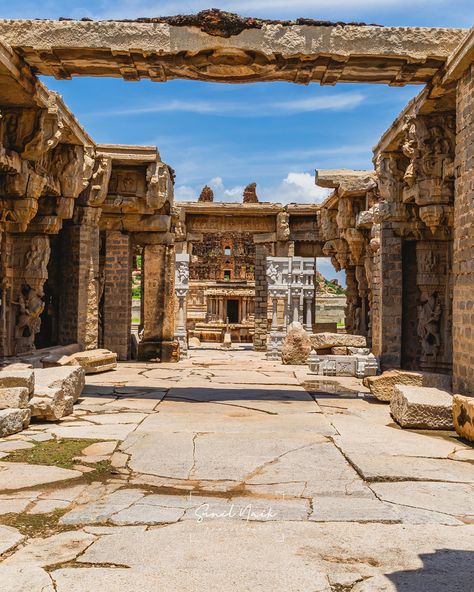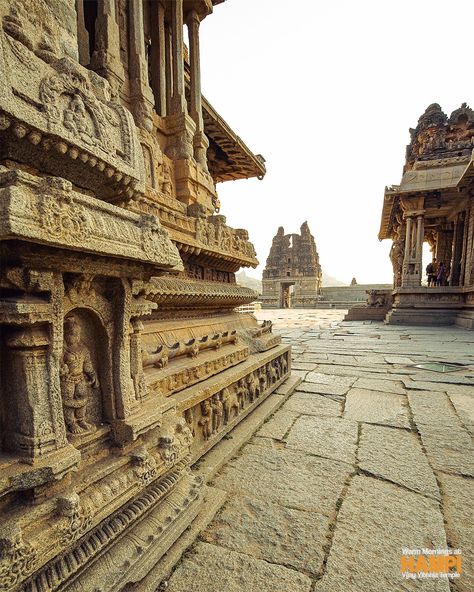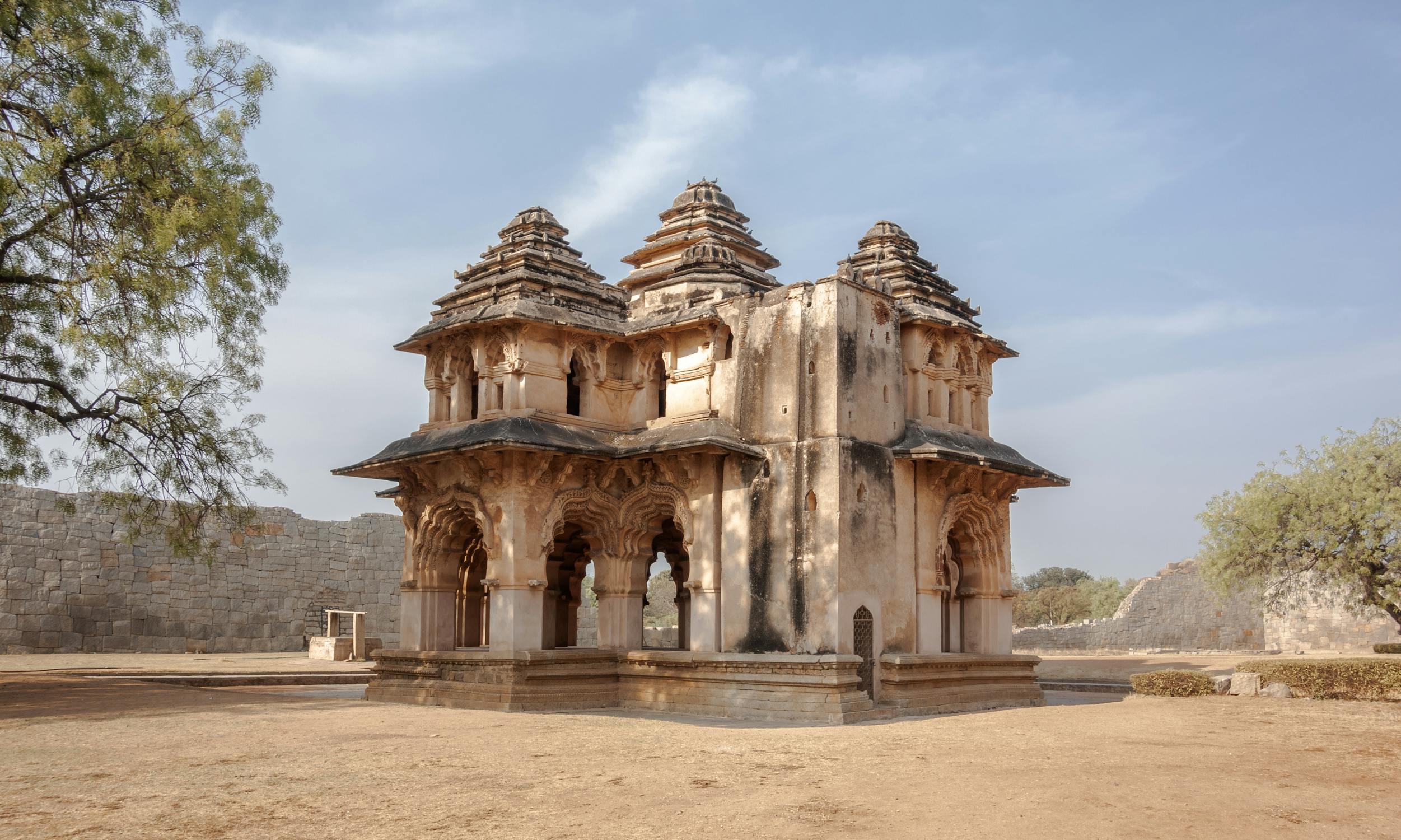

Early History
According to the writings of several ancient historians, including Greek and Roman explorers, Hampi’s history dates to the third century BCE. The Satavahanas and Kadambas eventually took control of the area, which had previously been a part of the Mauryan Empire. However, Hampi really took off during the Vijayanagara Empire’s ascent.
The brothers Harihara I and Bukka Raya I established the Vijayanagara Empire in the fourteenth century. With Hampi as its capital, the empire expanded to become one of the most potent and affluent kingdoms in Indian history. From the 14th to the 16th centuries, the city flourished and developed into a significant center of the arts and economy. Hampi’s infrastructure, art, and architecture all achieved incredible heights during this time. Trade, especially in textiles, spices, and precious stones, was the foundation of the kingdom’s prosperity, and the empire was renowned for its remarkable governance and religious tolerance.
The Glory of the Vijayanagara Empire
With a population of more than half a million, Hampi was a thriving metropolis at its height. It served as a hub for literature, the arts, and culture. With its intricate water systems, thoughtfully designed streets, and imposing walls, the city was an engineering wonder. Numerous remarkable buildings in Hampi, like as temples, palaces, and monuments, are attributed to the Vijayanagara kings, especially Krishnadevaraya (1509–1529). The city’s architectural genius is exemplified by the Virupaksha Temple, the Vittala Temple, and the Hazara Rama Temple.
By advancing Telugu language and culture, Krishnadevaraya turned Hampi into a literary and artistic hub. Military triumph, territory expansion, and a solid economic foundation characterized his rule. Hampi’s magnificent architecture, bustling marketplaces, and remarkable infrastructure all demonstrated the Vijayanagara Empire’s grandeur.
Decline and the Fall of Hampi(History of Hampi,Karnatka)
The Vijayanagara Empire started to disintegrate in the middle of the 16th century when internal conflicts and outside forces finally brought the empire to an end. The Deccan Sultanates’ soldiers soundly defeated the Vijayanagara army at the Battle of Talikota in 1565, dealing a catastrophic blow to the empire. For Hampi, the fight was the start of the end. Numerous structures in the city were demolished or seriously damaged, and it was pillaged. The devastation that ensued at this time is seen by the remains of Hampi.
Hampi remained a significant location for centuries after the fall of the empire, and pilgrims and tourists were still drawn to its temples and other buildings. But eventually, it was deserted, and the once-thriving city deteriorated until only ruins of its illustrious history remained.
Hampi in Modern Times(History of Hampi,Karnatka)
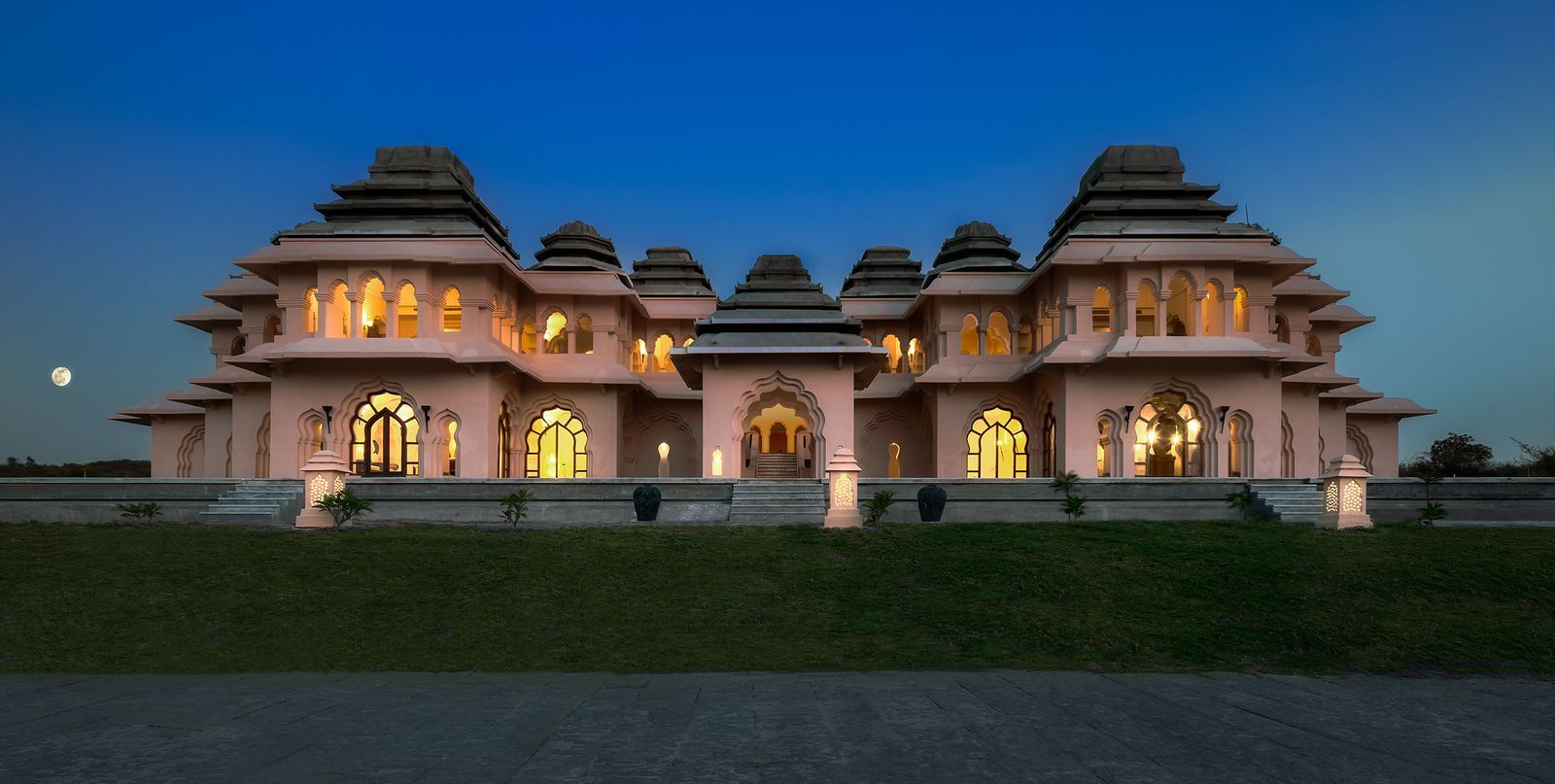

Colonial explorers discovered Hampi in the 19th century, and soon after, the site began attracting visitors, archaeologists, and scholars. As a result, authorities conserved the area as an archaeological park, making the ruins a vital part of India’s cultural heritage. Later, when UNESCO designated Hampi as a World Heritage Site in 1986, officials further strengthened efforts to preserve and protect its ancient structures.
Even today, travelers from across the globe visit Hampi to witness its vast ruins. Indeed, the city’s historic temples, palaces, and monuments continue to remind the world of the grandeur of the Vijayanagara Empire.
Notable Monuments of Hampi-
-
Virupaksha Temple(History of Hampi,Karnatka)
Dedicated to Lord Shiva, this temple is among the oldest and most significant in Hampi. The temple complex consists of a tower that is a marvel of Dravidian architecture, a vast hall with elaborately carved pillars, and several smaller shrines.
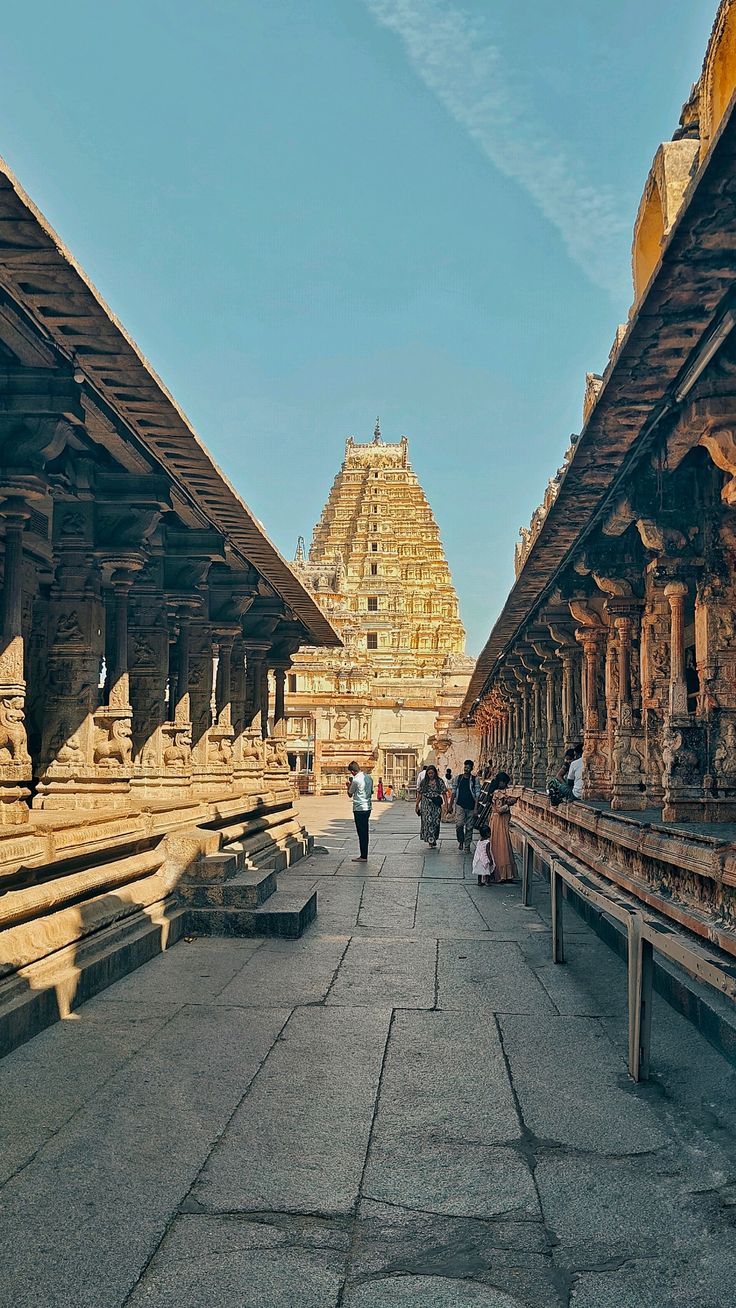
-
Vittala Temple(History of Hampi,Karnatka)
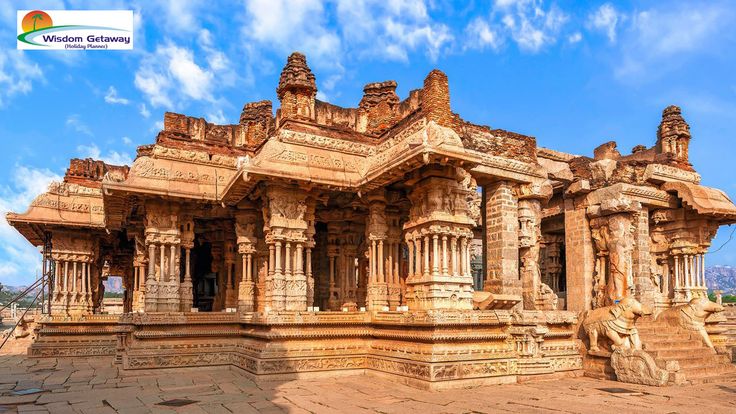
-
Hazara Rama Temple(History of Hampi,Karnatka)
Beautiful bas-relief sculptures of events from the ancient Hindu book, the Ramayana, are the temple’s most famous feature.
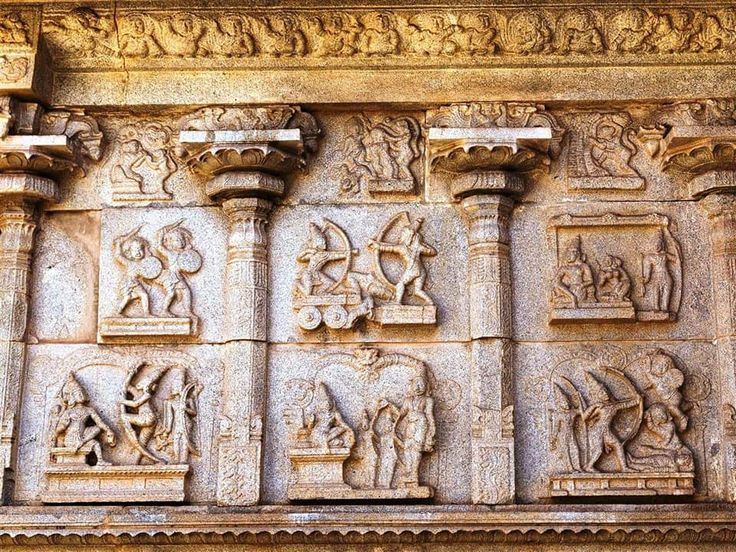
-
Lotus Mahal
The Lotus Mahal, a stunning building in the Zenana Enclosure, was probably a residence for the royal ladies of the Vijayanagara court and features a unique Indo-Saracenic architectural style..
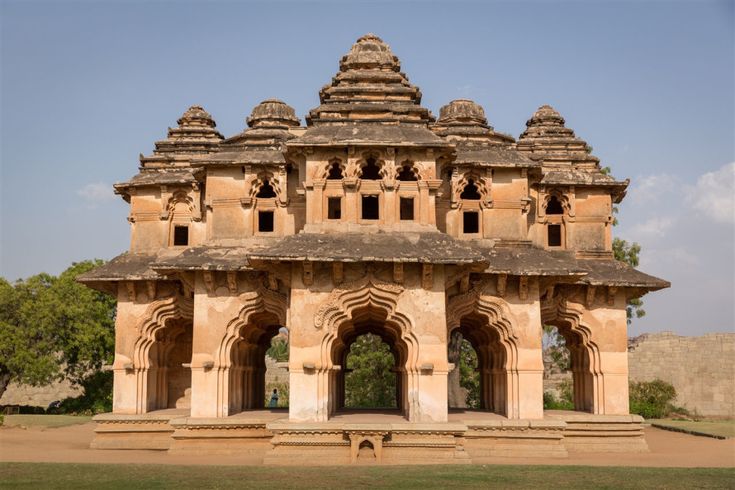
-
Elephant Stables: A magnificent building that housed the Vijayanagara Empire’s royal elephants. The stables are a noteworthy illustration of the empire’s architectural synthesis, including Indo-Islamic architectural characteristics.
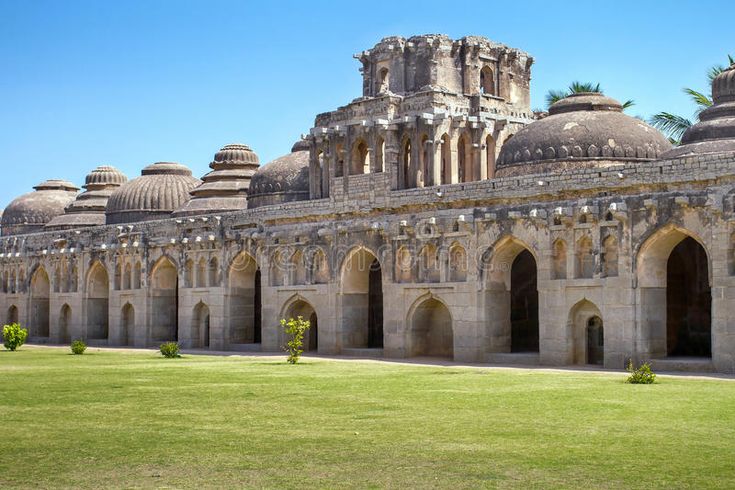
-
Royal Enclosure: a sizable, fortified region that housed the Vijayanagara rulers’ palaces. Enclosed by striking stone walls, the enclosure is home to several important structures, including as the Mahanavami Dibba, a platform used for royal rituals.
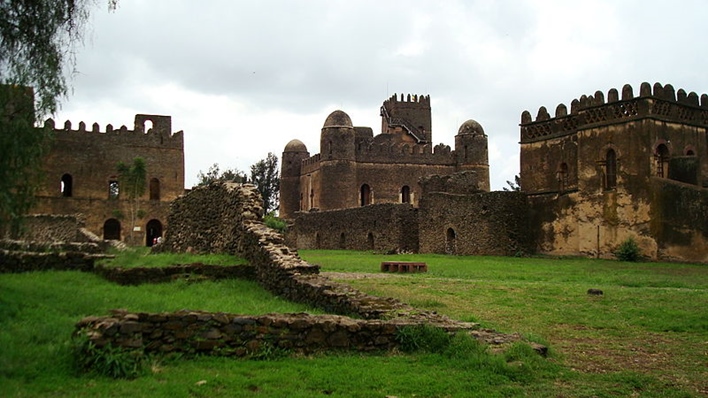
Transportation to Hampi(History of Hampi,Karnatka)
Hampi is situated close to the town of Hospet in the northern region of Karnataka. It is rather simple to get there because to its excellent connections to major cities in Karnataka and the surrounding areas.
How to Reach Hampi
- By Air✈️:
Hubli Airport lies about 164 kilometers from Hampi and serves as the nearest airport. However, Bengaluru International Airport (✈️), located approximately 350 kilometers away, acts as the main international gateway to the city. Tourists usually reach Hampi from Bengaluru by train or road.
By Train 🚅: Hospet Junction, located just 13 kilometers from Hampi, serves as the closest railway station. Trains from major cities like Hyderabad, Mumbai, and Bengaluru frequently arrive at Hospet, making it easily accessible. From the station, tourists usually hire a cab or take a bus to reach Hampi.
By Road 🛣️: Tourists can drive to Hampi or travel by bus, taxi, or private vehicle, as the town has excellent road connectivity. Since Hospet is the nearest major city, travelers often drive from there to Hampi. The Karnataka State Road Transport Corporation (KSRTC) runs regular buses to Hampi from Bengaluru, Hospet, and nearby towns.
Local Transportation 🚍: After arriving in Hampi, visitors use tuk-tuks, bicycles, or taxis to get around. Many prefer renting a motorcycle or bicycle to explore the expansive ruins at their own pace.
Conclusion
Hampi in Karnataka holds immense historical and cultural importance. Once the capital of the powerful Vijayanagara Empire, Hampi now stands as a living testament to India’s rich heritage. Its grand temples, majestic monuments, and ancient ruins reflect a golden era of architecture, art, and culture. These awe-inspiring structures offer travelers a vivid glimpse into the glory of India’s past. Tourists from around the world continue to visit Hampi, drawn by its historical depth, architectural brilliance, and spiritual aura. Whether one seeks heritage, beauty, or spiritual connection, Hampi remains one of India’s most captivating travel destinations.
Photo Gallery
